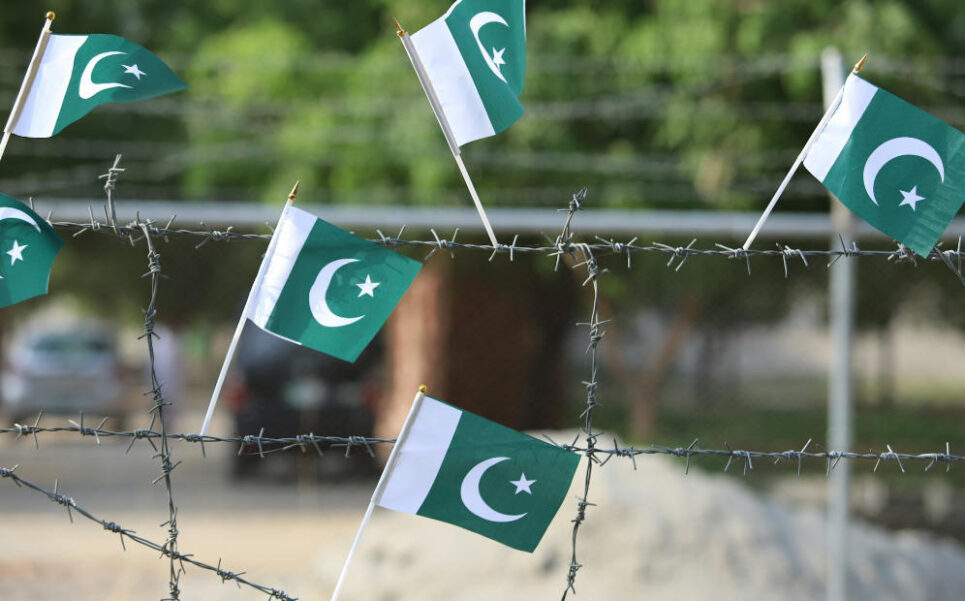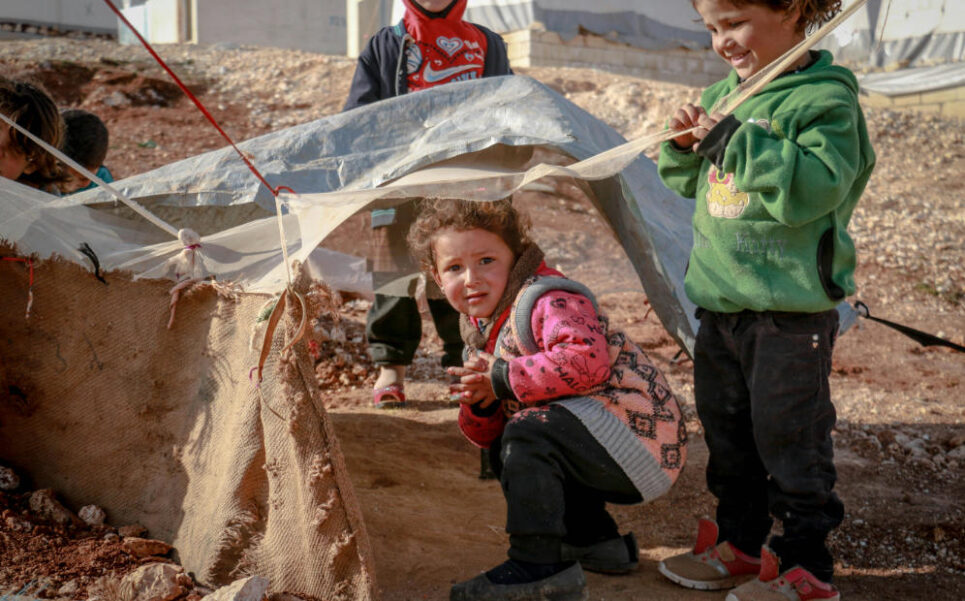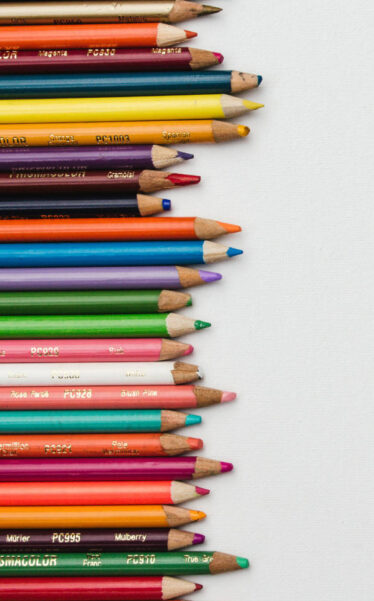The Malala Fund is one of the leading organizations advocating for girls’ education worldwide. It was founded in 2013 by Malala Yousafzai, the youngest Nobel Peace Prize laureate, and her father, Ziauddin Yousafzai.
The History and Origins of the Malala Fund
To understand the work the Malala Fund undertakes, it is essential to understand who Malala Yousafzai is.
Born on July 12, 1997, Malala grew up in a region where the Taliban actively sought to prevent girls from attending school. However, Malala was encouraged by her father, Ziauddin, a teacher and school owner, to pursue an education and speak out for others.

When the Taliban took control of Swat Valley (a district in the Malakand Division of Khyber Pakhtunkhwa, Pakistan) in 2007, they enforced strict policies, including banning girls from attending school. This was a significant turning point for Malala, who was just 10 years old.

Despite the Taliban’s threats, Malala continued to attend school and began speaking publicly about the right of girls to be educated. In 2009, she started writing a BBC Urdu blog under a pseudonym, detailing her life under Taliban rule and advocating for education. Her writings gained international attention, and she soon became a prominent voice in the global discussion on education and women’s rights.
On October 9, 2012, Malala was attacked by Taliban gunmen on her way home from school. They shot her in the head in retaliation for her activism. She survived the attack after being airlifted to a hospital in the UK, where she underwent surgery and rehabilitation.
The assassination attempt shocked the world and triggered a global outpouring of support for Malala and her cause.
After recovering, Malala was more determined than ever to continue her fight for girls’ education. She quickly became a symbol of resistance to oppression and a beacon of hope for millions of girls worldwide.
In 2013, Malala and her father co-founded the Malala Fund, formalizing her advocacy and creating an organization dedicated to advancing girls’ education globally.
The Issues
Millions of girls around the world are denied their right to education due to factors such as poverty, conflict, and discriminatory cultural practices. Globally, an estimated 129 million girls are out of school, including 32 million girls of primary school age, 30 million girls of lower secondary school age, and 67 million girls of upper secondary school age.
These girls face a multitude of challenges that prevent them from accessing education:
** In many countries experiencing conflict, education systems are disrupted, and girls are often the first to be pulled out of school for safety or economic reasons.

** Economic hardship forces many families to prioritize boys’ education over girls’. Girls are often expected to contribute to household chores or enter into early marriages to alleviate family financial burdens.
** In some regions, societal expectations or cultural norms discourage or outright forbid girls from attending school.
The Malala Fund was created to challenge these systemic barriers and work towards a world where all girls can access 12 years of quality education.
The Malala Fund focuses on empowering girls in developing countries who face significant educational barriers. Its mission is to serve:

** Girls forced to flee their homes in countries affected by war and violence. The Malala Fund works in these regions to ensure that girls can continue their education in safe environments.
** Girls in rural and marginalized communities, where poverty and cultural traditions often impede access to education.
** Refugee girls displaced by conflict, are particularly vulnerable and often left out of formal education systems in their host countries.
The Malala Fund is especially committed to addressing the needs of adolescent girls—a group at high risk of dropping out of school due to child marriage, early pregnancy, and household labor demands.
How Does the Malala Fund Help?
The work the Malala Fund does is impressive, with several strategies in place to achieve its goals.
The Malala Fund is a powerful voice in global education advocacy. Through Malala’s speeches, public appearances, and partnerships with world leaders, the fund has successfully raised awareness about the importance of girls’ education on the international stage.

For example, in 2014, Malala delivered a moving speech at the United Nations, where she declared, “One child, one teacher, one book, one pen can change the world.” This speech galvanized global support for education and emphasized the importance of investing in girls’ schooling.
The Gulmakai Network is one of the key initiatives of the Malala Fund. Named after the pseudonym Malala used while blogging for the BBC, the network provides financial support and mentorship to local educators and activists, referred to as Gulmakai Champions, who are working to break down the barriers to girls’ education in their communities.
The network operates in regions where education for girls is most at risk, including Afghanistan, Nigeria, Pakistan, India, and the refugee communities in Jordan and Lebanon.
In addition to funding local champions, the Malala Fund also produces the Education Champion Network, a global initiative supporting activists and educators in several countries to advance girls’ education. These champions work to change policies, conduct research, and build local community support for girls’ education.
For example, in India, the fund has supported the work of champions like Kavita N. Ramdas, who advocates for the rights of girls in tribal communities to access education. Her work has been instrumental in reducing school dropout rates among adolescent girls in marginalized communities.
Furthermore, the Malala Fund invests in research and data collection to better understand the barriers preventing girls from accessing education. This research helps the organization advocate for evidence-based solutions and informs its strategies for increasing enrollment and retention rates for girls in schools.
Key Projects and Achievements
In 2018, the Malala Fund launched “Assembly”, a digital publication created by and for girls. This platform gives girls worldwide a space to share their stories, raise awareness about their experiences, and advocate for their rights. Assembly amplifies the voices of girls fighting for their right to education and sheds light on the global struggle for gender equality.
For instance, girls in Kenya have used Assembly to document their journey of overcoming barriers to education, including poverty and lack of access to sanitary products, which often leads to absenteeism and dropping out of school.
The Malala Fund is also actively involved in Syria and Lebanon, where millions of children have been displaced due to conflict. In these regions, the fund supports programs that provide education to Syrian refugee girls, many of whom have been out of school for years due to the war. By partnering with local organizations, the Malala Fund helps refugee girls integrate into schools in host countries and access the education they desperately need.
Afghanistan has long been one of the most challenging environments for girls’ education, with ongoing conflict, political instability, and cultural barriers preventing millions of girls from going to school. The Malala Fund is committed to ensuring that Afghanistan’s girls can continue to access education despite these obstacles. Following the Taliban’s takeover in 2021, the situation for girls’ education worsened, as the regime imposed restrictions that limited girls’ access to schooling beyond the sixth grade.
The fund supports grassroots organizations (On a side note, it is important to understand that a grassroots movement uses the people in a given district, region, or community as the basis for a political or social movement) and educators working on the ground to provide girls with safe spaces for learning. These local partners help girls access alternative forms of education, such as online schooling, community-based learning centers, and informal classes, allowing them to continue learning despite the Taliban’s restrictions.
Why Girls’ Education Matters
Education is widely recognized as one of the most powerful tools for creating positive change in society. Yet, millions of girls worldwide are still denied this basic right. Investing in girls’ education yields significant benefits not only for the girls themselves but also for their families, communities, and entire countries.
Here are some key reasons why girls’ education matters:
** When girls receive an education, they are more likely to gain the skills and knowledge needed to secure better-paying jobs, which enables them to support their families and contribute to the economy.
** Educated girls are also more likely to invest in the education of their children, helping to break the cycle of poverty for future generations.

** In countries like Bangladesh, the Malala Fund has been instrumental in supporting girls in staying in school and avoiding early marriage. Educating girls reduces the likelihood of child marriage and enables them to achieve financial independence.
** Educated girls tend to make better decisions regarding their health, including family planning and child care. In Nigeria, where child marriage and early pregnancies often force girls to drop out of school, the Malala Fund has supported initiatives that encourage girls to stay in school, delay marriage, and gain access to health education.
**Investing in girls’ education can drive economic growth. A report by the World Bank estimates that countries lose up to $30 trillion in earnings each year due to gender disparities in education. Educating girls results in a more skilled workforce and boosts a country’s productivity and economic potential.
** Educated women are more likely to participate in political processes and promote peace in their communities. By empowering girls through education, societies can foster a more equitable and stable environment where human rights are respected and upheld.
In Pakistan, the Malala Fund has worked closely with local organizations to promote education as a way to counter extremism and violence. Educating girls helps to build more peaceful and inclusive communities.
Challenges and the Road Ahead
While the Malala Fund has made significant strides in advancing girls’ education, numerous challenges remain. Many girls continue to face insurmountable barriers to accessing education, particularly in conflict zones, impoverished regions, and areas with deeply entrenched gender discrimination.

In countries affected by war, such as Syria, Yemen, and South Sudan, the education system is often one of the first casualties.
Schools are destroyed, teachers flee, and children, especially girls, are forced out of school. The Malala Fund works tirelessly in these regions, but ongoing violence and instability present persistent obstacles.
In many cultures, traditional gender roles and expectations limit girls’ opportunities for education. Child marriage, early pregnancies, and household responsibilities often pull girls out of school prematurely.
Changing these deeply ingrained societal norms takes time, but the Malala Fund is committed to long-term advocacy and education campaigns to shift mindsets.
Despite global awareness of the importance of girls’ education, the resources allocated to this cause are still insufficient. Many developing countries lack the financial capacity to provide free education for all children, and international aid for education is often underfunded. The Malala Fund continuously calls on governments and donors to invest more in education systems and programs that prioritize girls.
Conclusion
The Malala Fund has transformed from a personal mission born out of tragedy into a global movement that continues to fight for every girl’s right to education.

By focusing on advocacy, supporting grassroots organizations, and collaborating with governments and other stakeholders, the fund is making real progress in ensuring that girls everywhere can access 12 years of free, quality education.
The Malala Fund has come a long way since its inception, but the fight is far from over.
As it continues to expand its reach, the fund remains committed to its mission: empowering girls through education and ensuring they can create brighter futures for themselves and their communities.
The Malala Fund is about more than just education—it’s about empowerment. Giving girls the tools they need empowers them to lift themselves, their families, and their communities out of poverty. Developing future leaders who will shape the world is essential. Every girl, no matter where she is born, deserves the right to learn without having to fight for it.


